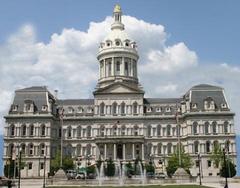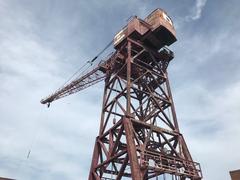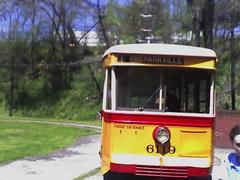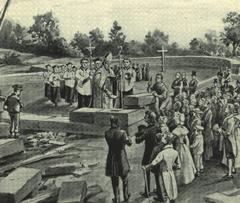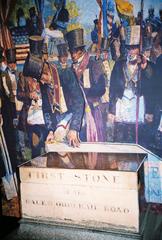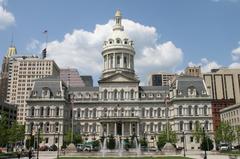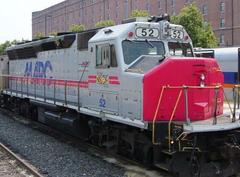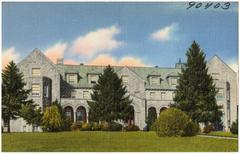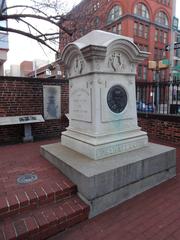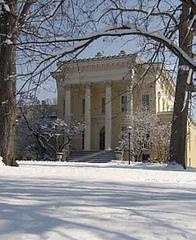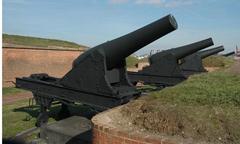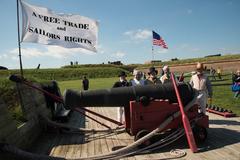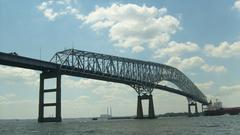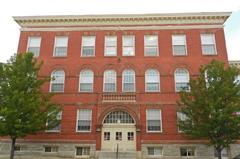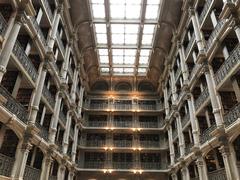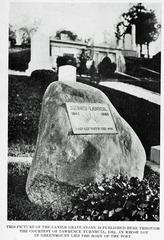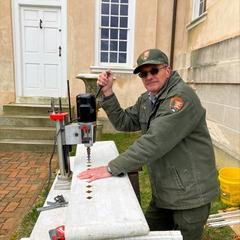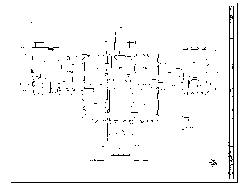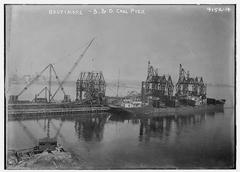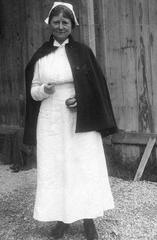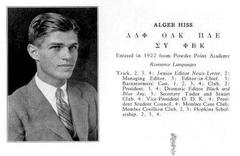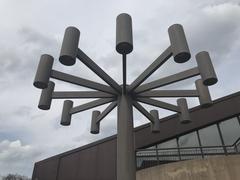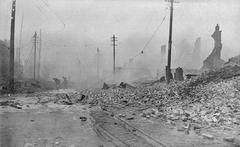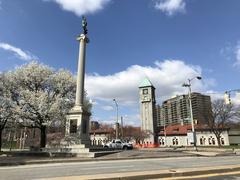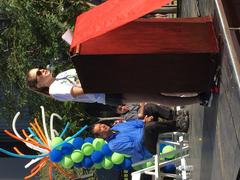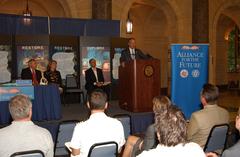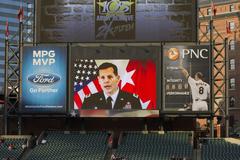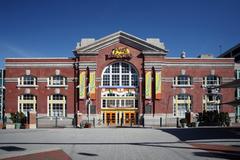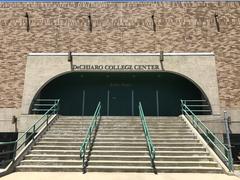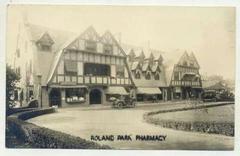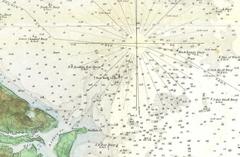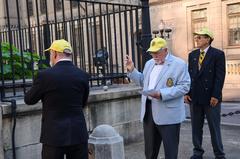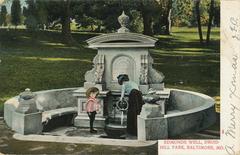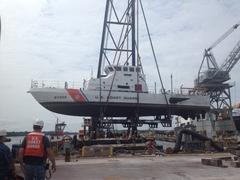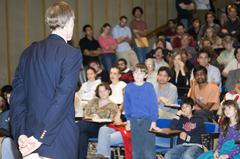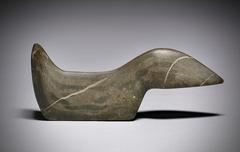
William Donald Schaefer Building Baltimore: Visiting Hours, Tickets, and Travel Guide
Date: 04/07/2025
Introduction
The William Donald Schaefer Building stands as a defining feature in Baltimore’s downtown skyline, fusing modernist architecture, historical significance, and ongoing civic function. Completed in 1992, this 37-story tower rises 493 feet (150 meters), with its iconic flagpole extending to 590 feet, making it one of the tallest structures in both Baltimore and Maryland. Named for William Donald Schaefer—a pivotal figure in the city’s political and urban renewal history—the building is a testament to Baltimore’s transformation and civic pride. Today, it primarily houses state government offices and is a focal point of the city’s urban and political landscape.
For architecture enthusiasts, history buffs, and those exploring Baltimore’s core, the Schaefer Building offers insight into the city’s late 20th-century evolution. This guide provides detailed information on visiting hours, accessibility, security protocols, nearby attractions, and the building’s architectural and cultural significance. To supplement your visit, consult resources such as the Maryland Department of General Services and curated tour apps like Audiala for insider experiences. (Baltimore Sun, The Urbanist)
Table of Contents
- Introduction
- History and Architectural Development
- Naming and Symbolism
- Visiting Information: Hours, Tickets, and Accessibility
- Location, Transportation, and Nearby Attractions
- Architectural Highlights and Photography Tips
- Civic and Cultural Impact
- Frequently Asked Questions (FAQ)
- Conclusion
- References and Further Reading
History and Architectural Development
The William Donald Schaefer Building was originally commissioned in the 1980s as the Merritt Tower by the Merritt Commercial Savings and Loan Association. Its completion in 1992, following several changes in ownership due to the savings and loan crisis, marked a new era for Baltimore’s downtown. The state of Maryland acquired the building, converting it into a central hub for government agencies.
Architecturally, the building is a striking example of late modernism, featuring a sleek glass and copper-colored metal façade and clean lines that contrast with the city’s older historic structures. Its slender verticality and minimalist ornamentation have led to nicknames like “the finger” among local architects. The upper nine floors, accessed by a dramatic spiral staircase, remain unoccupied and serve primarily maintenance and mechanical functions. (Medium)
Naming and Symbolism
Renamed to honor William Donald Schaefer, the building celebrates a leader whose tenure as Baltimore’s mayor (1971–1986), Maryland’s governor (1987–1995), and state comptroller left a lasting legacy. Schaefer’s vision was central to revitalizing the Inner Harbor and boosting the city’s civic pride. The imposing flagpole atop the tower symbolizes this spirit and is a beacon visible across the city.
Schaefer’s leadership style—marked by hands-on engagement and a flair for dramatic gestures—endears him to Baltimore’s history, evidenced by his public acts that fostered community morale and preservation. (Baltimore Sun)
Visiting Information: Hours, Tickets, and Accessibility
- Visiting Hours: Open Monday–Friday, 8:00 AM–5:00 PM. The lobby and designated public areas are accessible during business hours. Public access is subject to change on holidays or special events—verify in advance via the Maryland Department of General Services.
- Admission/Tickets: No fee or ticket is required to enter the lobby and public spaces. Access to upper floors is restricted to employees and authorized visitors.
- Guided Tours: Public tours are rare and generally limited to special occasions. Contact building management or local tour operators for possible arrangements.
- Accessibility: The building is ADA-compliant, featuring ramps, automatic doors, elevators, and accessible restrooms in the lobby. Visitors with additional needs should reach out in advance for accommodations.
- Security: Visitors must present valid government-issued photo ID and pass through security screening (including bag checks). Photography inside is restricted; always seek permission from security personnel before taking photos indoors.
Location, Transportation, and Nearby Attractions
Location
- Situated at 6 Saint Paul Place, the William Donald Schaefer Building anchors Baltimore’s central business district, close to major transportation routes and adjacent to prominent buildings such as the Bank of America Building.
Transportation
- Public Transit: Served by the Baltimore Light RailLink, multiple MTA bus routes, and the free Charm City Circulator.
- Parking: Paid public garages and lots are available nearby; plan ahead as spaces fill quickly during peak hours.
- Airport Access: Baltimore-Washington International Thurgood Marshall Airport (BWI) is accessible by highway and public transit.
Nearby Attractions
- Inner Harbor: Baltimore’s lively waterfront district, home to the National Aquarium, Maryland Science Center, historic ships, and Harborplace shopping and dining. (The Urbanist)
- Baltimore World Trade Center: Public observation deck with panoramic city and harbor views.
- Camden Yards & M&T Bank Stadium: Home to the Orioles and Ravens, offering tours and events.
- Commerce Place & Skyscrapers: Explore neighboring architectural highlights like Commerce Place, Bank of America Building, and 414 Light Street. (Medium)
- Dining & Shopping: Restaurants and boutiques abound along Pratt Street, Harborplace, and Power Plant Live!
- Museums: The Reginald F. Lewis Museum, Baltimore Museum of Industry, and American Visionary Art Museum are all within walking distance.
Architectural Highlights and Photography Tips
The building’s copper-colored façade and soaring spire create striking visual contrasts with its surroundings. While interior photography is generally restricted, exterior shots from nearby streets, Saint Paul Place, and the Inner Harbor are highly recommended—especially during golden hour or at night when the building is illuminated. The flagpole is a favored subject for cityscape photography.
Civic and Cultural Impact
The William Donald Schaefer Building is more than an office tower—it is a symbol of Baltimore’s civic pride, urban renewal, and governmental authority. Its presence reflects Schaefer’s legacy and the city’s commitment to progress while honoring its heritage. The building continues to play a role in the state’s administrative operations and stands as a marker of Baltimore’s ongoing evolution.
Frequently Asked Questions (FAQ)
Q: What are the public visiting hours?
A: Monday–Friday, 8:00 AM–5:00 PM; the lobby and public areas are accessible during these hours.
Q: Is there an admission fee or are tickets required?
A: No. Entry to the lobby is free; upper floors are not open to the public.
Q: Are guided tours available?
A: Public tours are rare and generally limited to special events.
Q: Is the building ADA-accessible?
A: Yes. The building features accessible entrances, elevators, and restrooms.
Q: Can I take photos inside the building?
A: Interior photography is typically restricted due to security. Exterior photography is permitted.
Q: What’s the best way to see the building?
A: Admire the building from nearby streets, the Inner Harbor, and Saint Paul Place for the best views and photos.
Conclusion
The William Donald Schaefer Building stands as a testament to Baltimore’s spirit of transformation and civic pride. Its architectural prominence, central location, and historical resonance make it a meaningful stop for those exploring the city’s evolving landscape. While its primary function remains as a government office, its enduring presence and proximity to top Baltimore attractions ensure it remains relevant for visitors and locals alike.
For up-to-date visitor information and special events, consult the Maryland Department of General Services, and use travel resources like the Audiala app for curated tours and insider insights.
Visuals and Interactive Elements
To enhance your experience, browse high-quality images and interactive maps online, and consider taking self-guided or city tours that incorporate the Schaefer Building and neighboring landmarks.
References and Further Reading
For the latest travel tips, virtual tours, and updates on Baltimore’s historical sites, download the Audiala app and follow us on social media.




